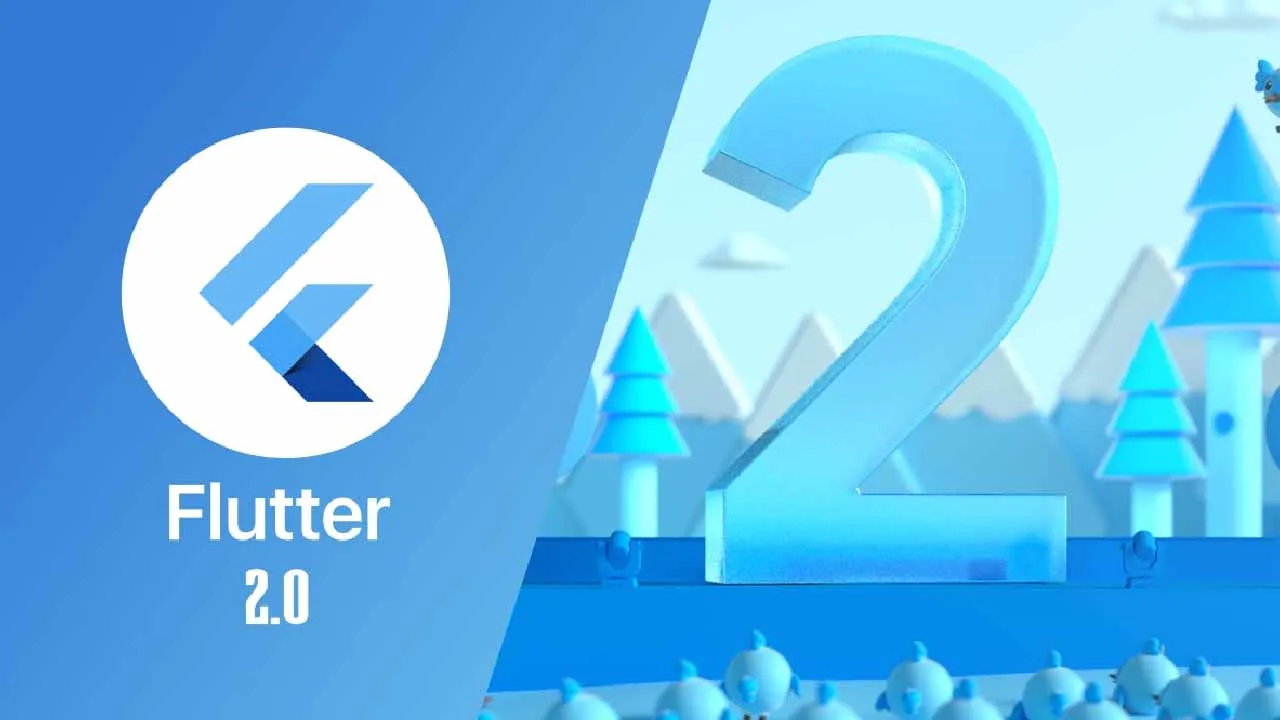Google announced the release of Flutter 2.0 in an event titled “Flutter Engage,” marking a huge milestone after Flutter 1.0, with the significant development of the UI software development kit. This new update has brought several new features and fixes that are major improvements over the previous version.
This article will explore all the new widgets and added features of Flutter 2.0. You will get a more detailed understanding of the Flutter 2.0 release’s most significant changes by walking through this article.
But let’s brush up on the basics first!
What is Flutter?
Flutter is an open-source UI software development kit. Google launched the official version of Flutter in 2015. All the Flutter apps are usually written in Dart language and few other languages for more advanced features in the app. The Flutter platform was initially developed for applications targeting the iOS and Android platforms.
Flutter is the only SDK that offers reactive views without any JavaScript bridge. It compiles your source to machine code with the support of hot reload to get the productivity of interpreted environments. Flutter offered a comprehensive set of features to build web and mobile applications.
Flutter is an open ecosystem with a strong developer community that keeps adding to the core framework and extending it further. With Flutter 2.0, Google has broadened the functioning of Flutter from a mobile framework to a portable framework. This change has given all the apps the opportunity to run on multiple platforms without any hassle.
What’s new in Flutter 2.0?
The major improvements in this release include a new client architecture, app bundling, the new navigation layout, and a more unified user experience across multiple platforms. Flutter’s client architecture offers a unified client API to define UI’s behaviours and build apps that can run on desktop, mobile, or web.
#flutter #flutter-trends #flutter-2.0
